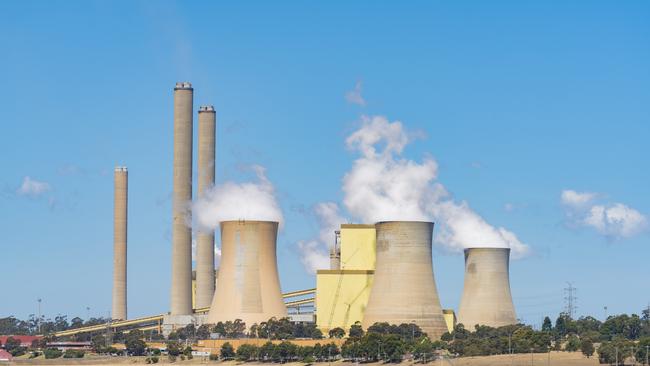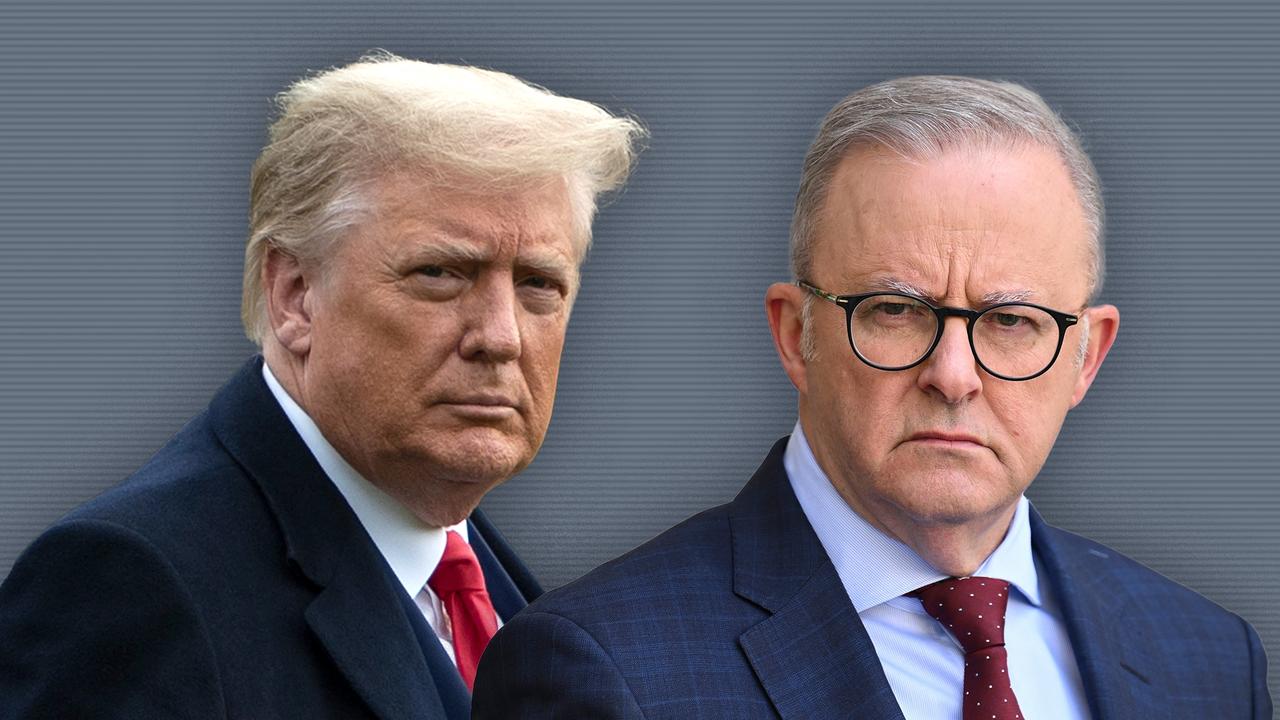We need foreign capital for climate change

February 10 marks the due date for new climate targets under the Paris Agreement. The targets and plans, dubbed Nationally Determined Contributions (NDCs), are supposed to provide an update on your country’s level of ambition out to 2035. Collectively, these NDC targets should add up to a safe climate. They do not.
Some of the new NDC targets are weak, like New Zealand’s, which has increased its ambition by just 1 per cent. Others are impressive, like Britain, which is cutting emissions by 81 per cent by 2035 (up from 68 per cent by 2030, which they are on track to reach). But most nations haven’t put their new NDC targets on the table.
The Australian government does have a late note: the Climate Change Authority (CCA) must offer its advice first to inform the target. But more than timeliness, what matters is substance. Strong targets matter if Australia wants to tap into the most affordable energy on offer to power homes, transport and industry.
In the next decade, most of the coal power generators in Australia’s electricity grid will retire. This is not because of any market policy or federal direction. It will happen because these privately owned assets are ageing and no longer economically viable.
As Origin Energy chief executive Frank Calabria explains: “The reality is the economics of coal-fired power stations is being put under increasing, unsustainable pressure by cleaner and lower-cost generation, including solar, wind and batteries.”
In the next 10 years we must replace most of our coal generators. and Australians should not be footing the bill for any further coal-fired power station extensions or costly nuclear plans. Not when there is a more affordable, more immediate and more sustainable path available.
It will cost $122bn to build the renewables, storage and supportive infrastructure just to 2030, according to the federal government’s green bank, the Clean Energy Finance Corporation (CEFC).
While the CEFC will support a few key projects and has a key role to play in transmission, the bulk of that investment will come from overseas.
Currently, over 70 per cent of the investment in utility-scale clean energy and storage in Australia comes from offshore. Australia is competing for global green capital with every other nation targeting net zero by 2050. To hit Australia’s net zero in the electricity sector, $160bn (NPV) in greenfield investment will be required and over two-thirds is projected to come from offshore.
While the Treasurer is attempting to build a single front door to assist major new investors, what’s also required are complementary signals to attract the investment.
There are two key areas where the federal government can help build the right signals. The first is in the energy market.
The National Electricity Market (NEM) was designed to reduce operating costs in an era dominated by coal and gas. Now it is clearly failing to support the large influx of capital investment needed for renewables like wind, solar and batteries.
As Trump dismantles America’s climate policies, there is an enormous opportunity for Australia to attract overseas investment for our energy transition, but those are not the market signals the NEM is sending.
The NEM is not attracting vital investment.
Reducing the cost of capital is the single most important factor in bringing down electricity prices and yet the NEM, and all the government interventions attached to it, still don’t effectively enable this.
Investors need long-term certainty. They need a market designed for the future, not the past.
It’s extremely welcome that a review of the NEM’s wholesale market settings is under way, and we call on the national expert panel to be ambitious.
The second signal we need to send is in Australia’s national ambition.
As the federal government explores a new NDC for 2035, it needs to ensure it sends the right signal to foreign investors.
Just last week, Italian and Japanese-owned Potentia Energy made a billion-dollar investment in Australian renewables, attracted by the nation’s strong renewable targets.
A strong NDC, backed by supportive policies, shows Australia is committed to the transition to clean energy.
While it would be good if Australia did its NDC homework on time, it is even better if the NDC hits the mark and gives investors the right signal.
Richie Merzian is CEO of Clean Energy Investor Group.


